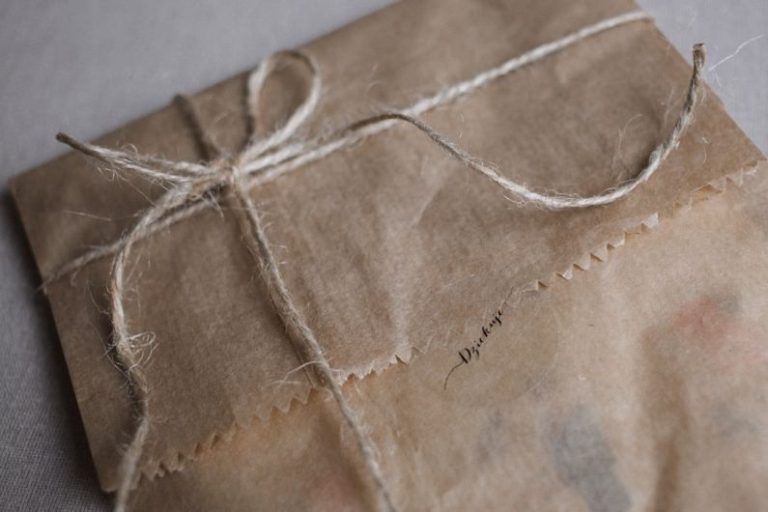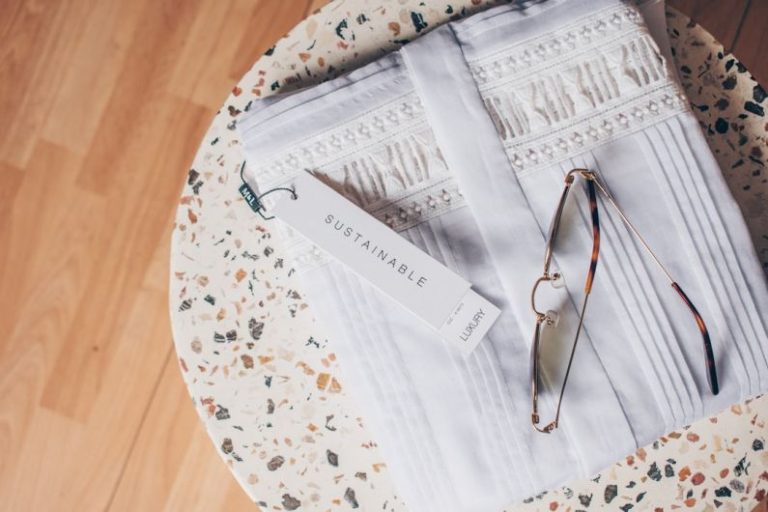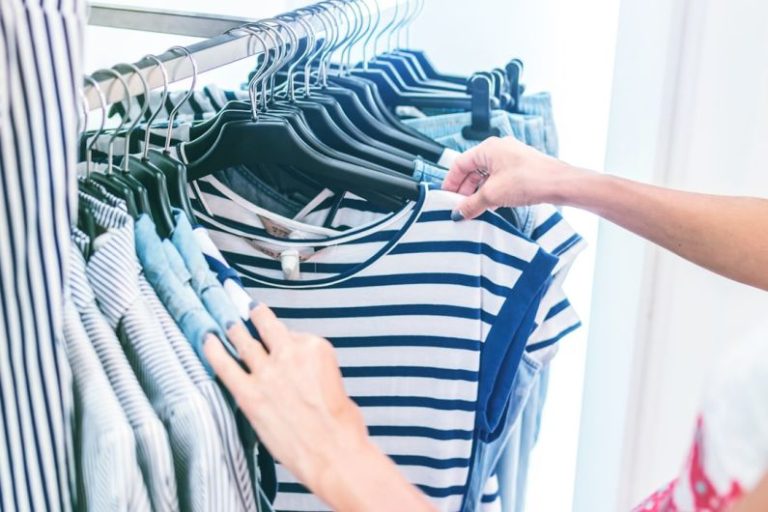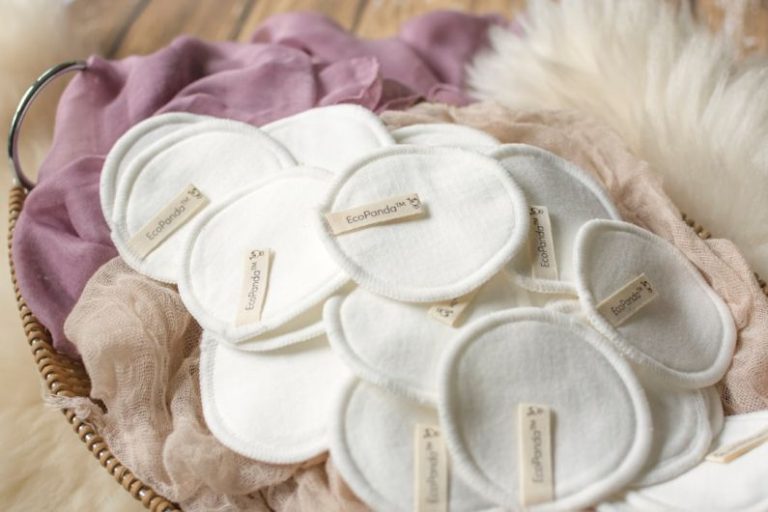Shopping Second-hand: Benefits for Your Wallet and the Planet
In a world where fast fashion dominates the retail industry and environmental concerns are at an all-time high, more people are turning to second-hand shopping as a sustainable and budget-friendly alternative. The allure of finding unique pieces, scoring designer items at a fraction of the original price, and reducing one’s carbon footprint has made thrifting a popular choice for many consumers. Let’s delve into the benefits of shopping second-hand, not just for your wallet but also for the planet.
Sustainable Fashion Choices
The fashion industry is one of the largest contributors to global pollution and waste. By opting for second-hand clothing, you are extending the lifespan of garments that would otherwise end up in landfills. Each year, millions of tons of clothing are discarded, leading to environmental degradation and the release of harmful chemicals into the soil and waterways. Second-hand shopping promotes a circular economy by reducing the demand for new production, thereby decreasing the overall carbon footprint of the fashion industry.
Unique Finds and Personal Style
One of the most exciting aspects of shopping second-hand is the treasure hunt for unique pieces that set you apart from the crowd. Thrift stores, consignment shops, and online platforms offer a diverse selection of clothing, accessories, and home goods that you are unlikely to find in mainstream retail stores. Whether you’re hunting for vintage gems, statement pieces, or everyday staples, second-hand shopping allows you to curate a wardrobe that reflects your individual style without breaking the bank.
Affordability and Budget-Friendly Shopping
One of the most obvious benefits of shopping second-hand is the significant cost savings compared to purchasing new items. Designer labels, high-quality brands, and trendy pieces can be found at a fraction of their original prices, making luxury fashion accessible to a wider range of consumers. Thrifting also allows you to experiment with different styles and trends without the guilt of overspending, making it a budget-friendly option for fashion enthusiasts and bargain hunters alike.
Environmental Impact and Waste Reduction
The environmental impact of the fashion industry extends beyond the production and transportation of clothing. The disposal of unwanted garments contributes to the growing problem of textile waste, with only a small percentage of clothing being recycled or upcycled. Shopping second-hand helps divert clothing from landfills, reducing the amount of waste generated by the fashion industry. By choosing pre-loved items, you are supporting a more sustainable approach to fashion consumption and sending a message to brands about the importance of responsible production and consumption practices.
Supporting Local Communities and Charitable Causes
Many second-hand stores are operated by non-profit organizations or local charities, with proceeds from sales often going towards community programs and social initiatives. By shopping at thrift stores and consignment shops, you are supporting these organizations and contributing to meaningful causes in your community. Additionally, donating your gently used clothing and household items to these stores helps keep the cycle of reuse and giving alive, benefitting those in need and promoting a sense of social responsibility.
Revamping Your Wardrobe Sustainably
Embracing second-hand shopping as a regular part of your shopping routine can have a positive impact on both your wallet and the planet. By choosing pre-loved items, you are reducing waste, supporting sustainable practices, and discovering unique treasures that add character to your wardrobe. Next time you’re in need of a style refresh or looking for that one-of-a-kind piece, consider exploring the world of second-hand shopping – your wallet and the planet will thank you.






